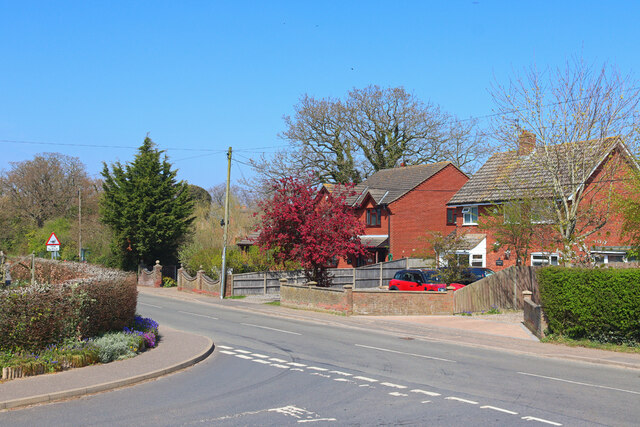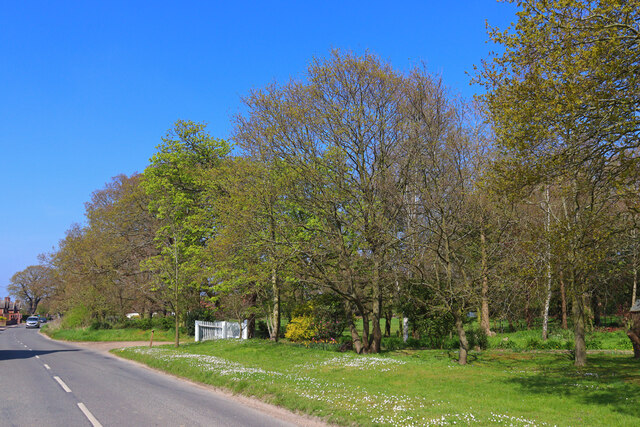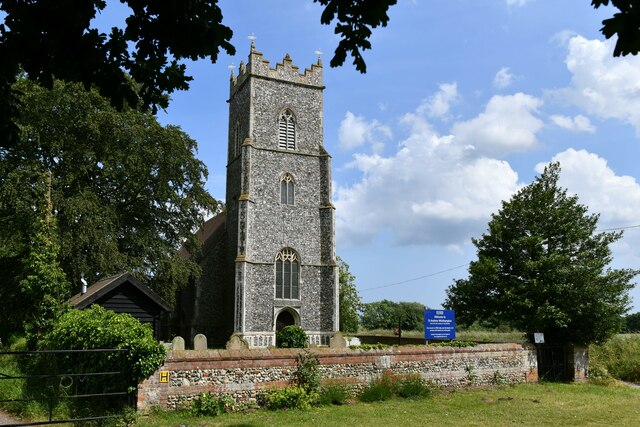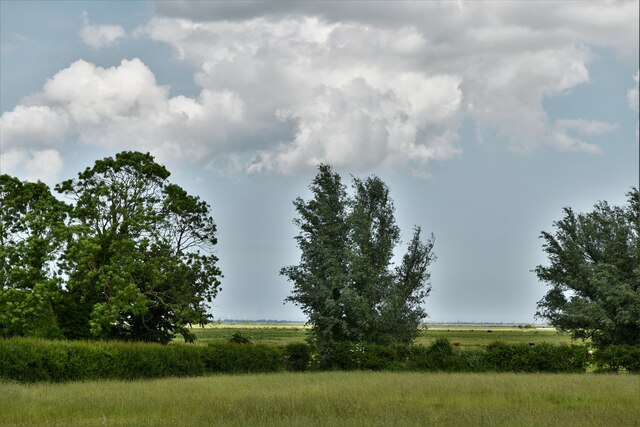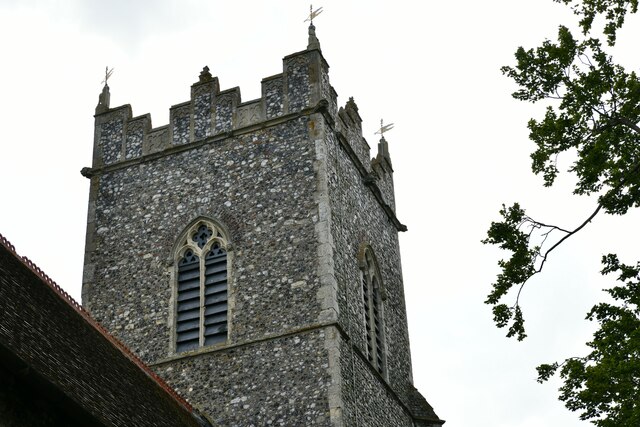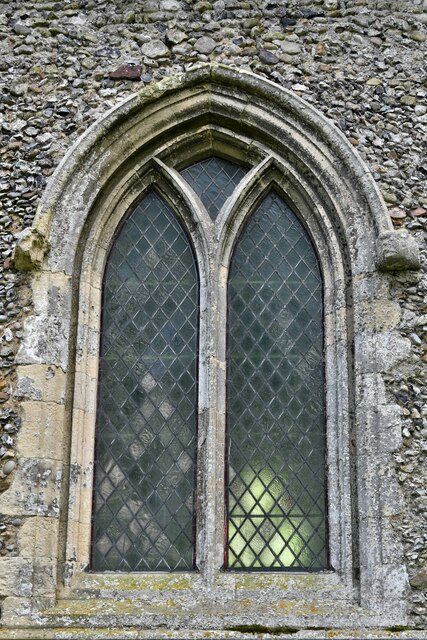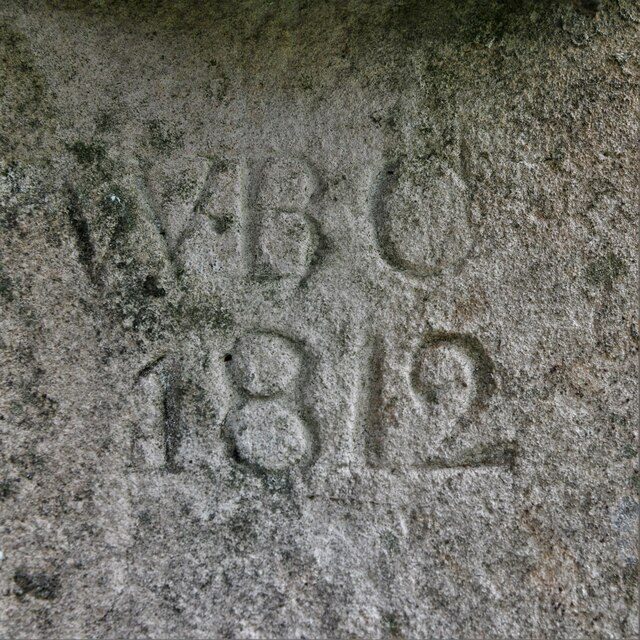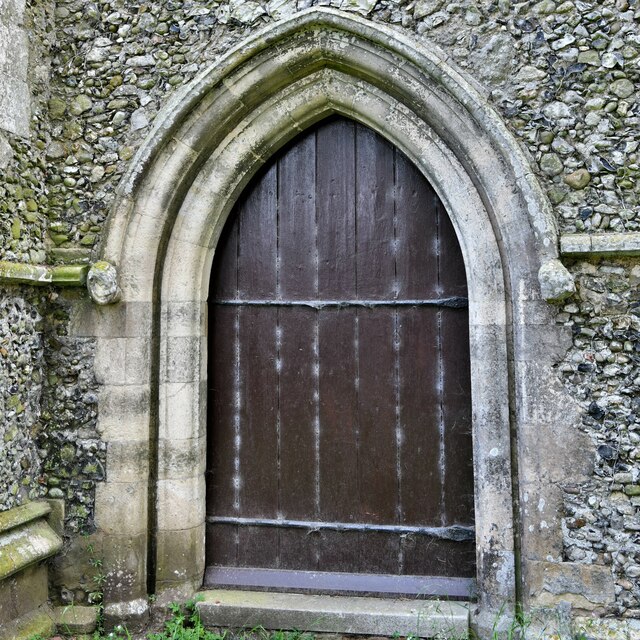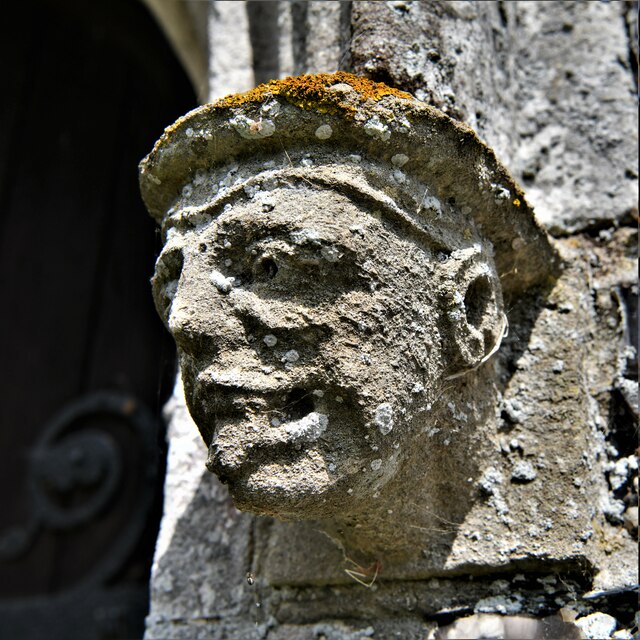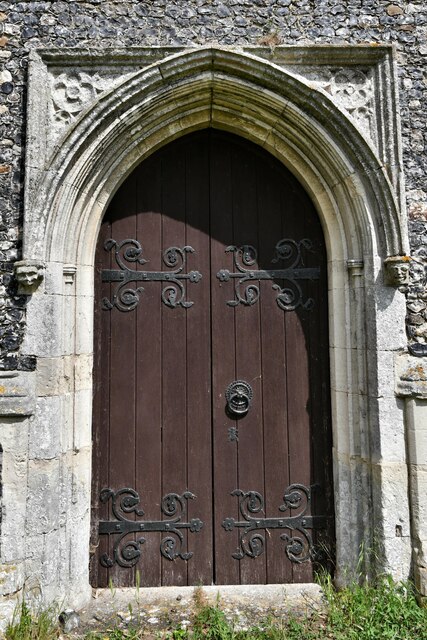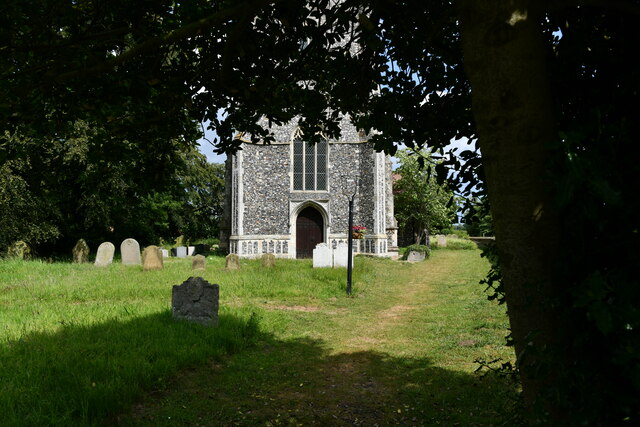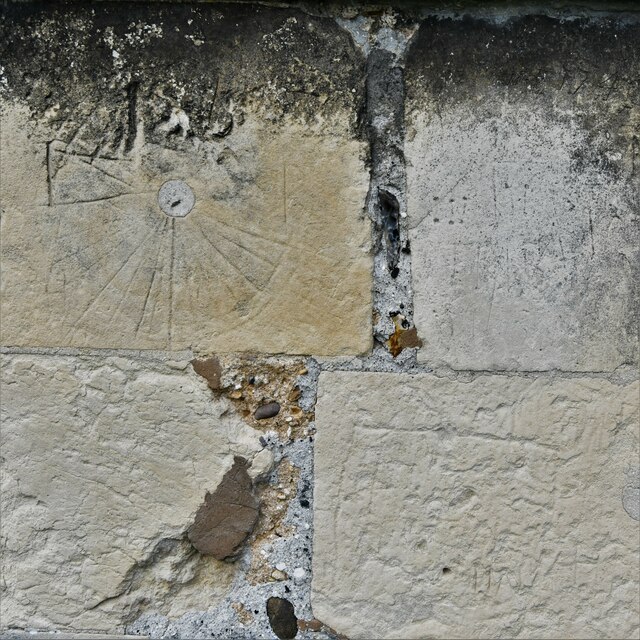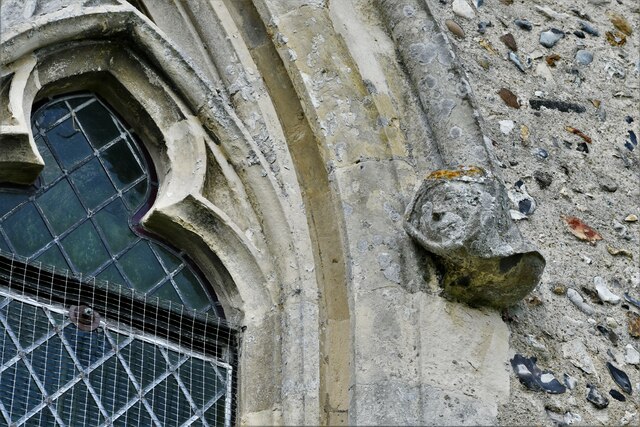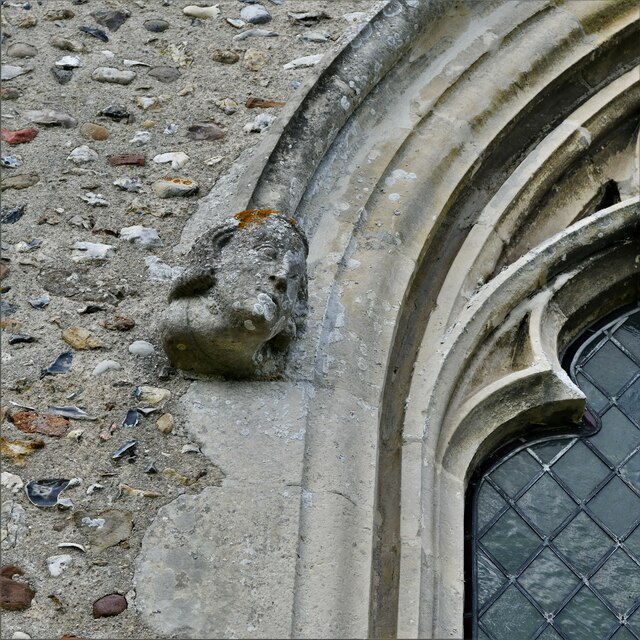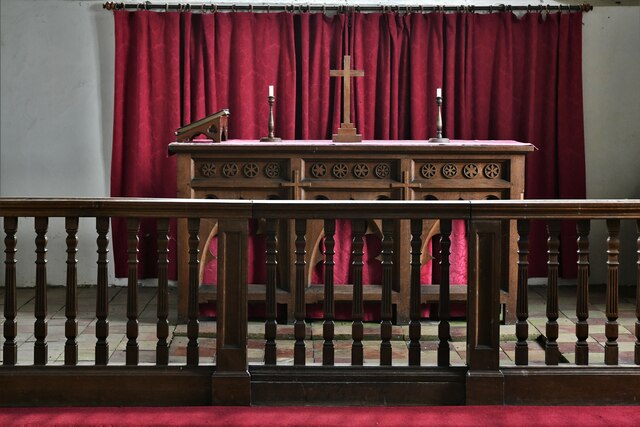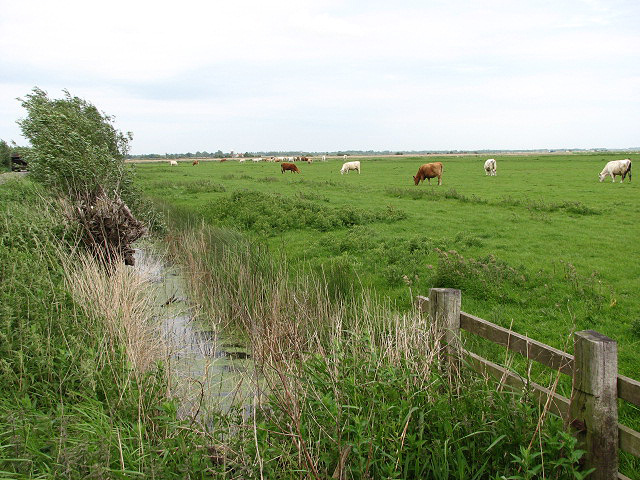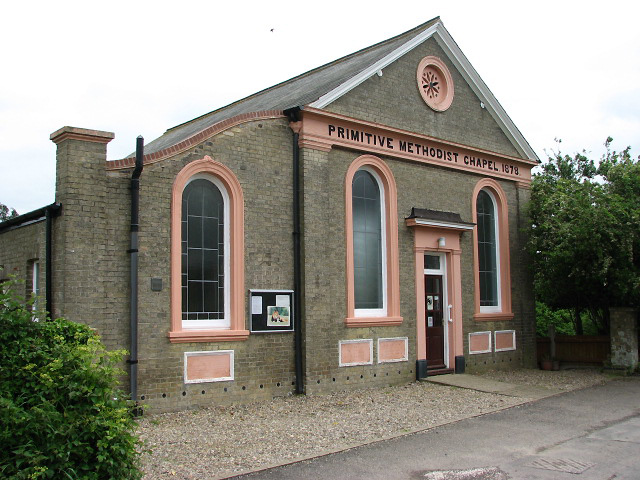Drover's Carr
Wood, Forest in Norfolk Broadland
England
Drover's Carr
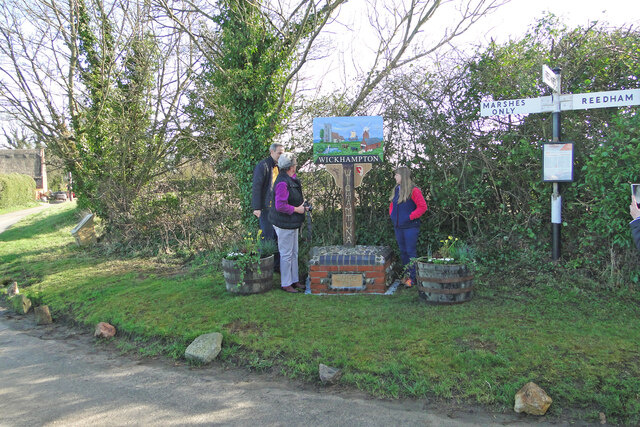
Drover's Carr is a picturesque woodland area located in Norfolk, England. Spread across a sprawling landscape, it is known for its rich biodiversity and tranquil atmosphere. The forest is situated near the village of Woodton, making it easily accessible to visitors.
The landscape of Drover's Carr is characterized by dense woodlands, with a variety of tree species including oak, beech, and birch. These trees provide a haven for numerous wildlife species, making it a popular spot for nature enthusiasts and birdwatchers. The forest floor is covered in a lush carpet of ferns, wildflowers, and mosses, adding to the natural beauty of the area.
The woodland is intersected by several walking trails, allowing visitors to explore its natural wonders. These trails wind through the forest, offering glimpses of small ponds and streams that meander through the trees. The peace and tranquility of Drover's Carr make it an ideal location for a leisurely stroll or a family picnic.
In addition to its natural beauty, Drover's Carr holds historical significance. It is believed to have been a drovers' route in the past, where cattle and sheep were herded through the forest. This adds an intriguing layer of history to the area, further enhancing its charm.
Overall, Drover's Carr is a hidden gem in Norfolk, offering a serene escape from the hustle and bustle of daily life. Its lush woodlands, diverse wildlife, and historical significance make it a must-visit destination for nature lovers and history enthusiasts alike.
If you have any feedback on the listing, please let us know in the comments section below.
Drover's Carr Images
Images are sourced within 2km of 52.58245/1.5815575 or Grid Reference TG4204. Thanks to Geograph Open Source API. All images are credited.

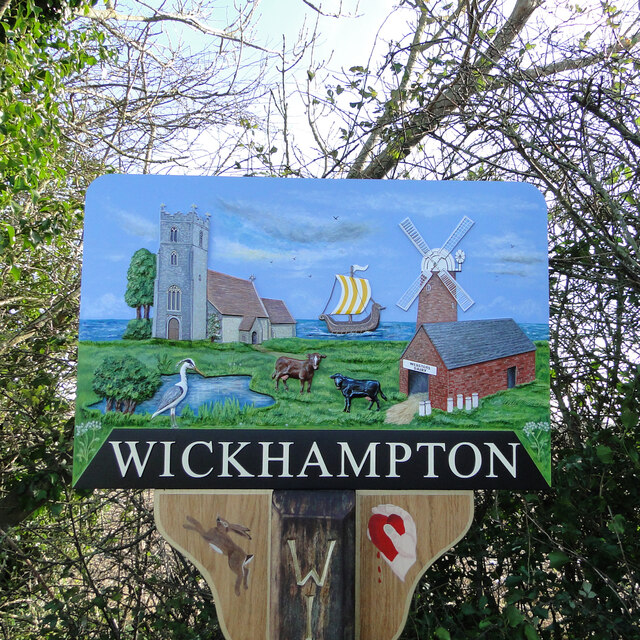
Drover's Carr is located at Grid Ref: TG4204 (Lat: 52.58245, Lng: 1.5815575)
Administrative County: Norfolk
District: Broadland
Police Authority: Norfolk
What 3 Words
///newest.snooping.hopeless. Near Reedham, Norfolk
Nearby Locations
Related Wikis
Freethorpe
Freethorpe is a village and civil parish in the English of Norfolk. The village is located 7.2 miles (11.6 km) south-west of Great Yarmouth and 11 miles...
Halvergate Marshes
The Halvergate Marshes are an area of grazing marsh in the east of the English county of Norfolk. They form part of the area of The Broads and lie between...
Reedham railway station (Norfolk)
Reedham railway station is on the Wherry Lines in the East of England, serving the village of Reedham, Norfolk. It is 12 miles 13 chains (19.6 km) down...
Mutton's Mill
Mutton's Mill (also known as Manor House Mill) is a windpump located on the Halvergate Marshes in the detached parish of Freethorpe within The Broads in...
Reedham, Norfolk
Reedham is a village and civil parish in the English county of Norfolk and within The Broads. It is on the north bank of the River Yare, some 12 miles...
Reedham Swing Bridge
Reedham Swing Bridge, on the site of a Victorian swing bridge, is still in use at Reedham, Norfolk, England.It carries the Wherry railway line, between...
Halvergate
Halvergate is a village and civil parish in the English county of Norfolk, north of Reedham, between the Rivers Bure and Yare, within The Broads. To the...
Limpenhoe
Limpenhoe is a village and former civil parish, now in the Cantley, Limpenhoe and Southwood, in the Broadland district, in the county of Norfolk, England...
Have you been to Drover's Carr?
Leave your review of Drover's Carr below (or comments, questions and feedback).
